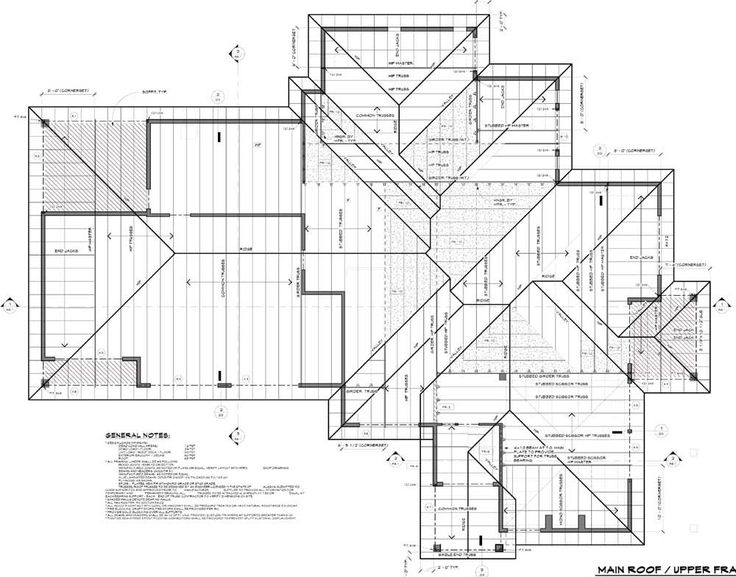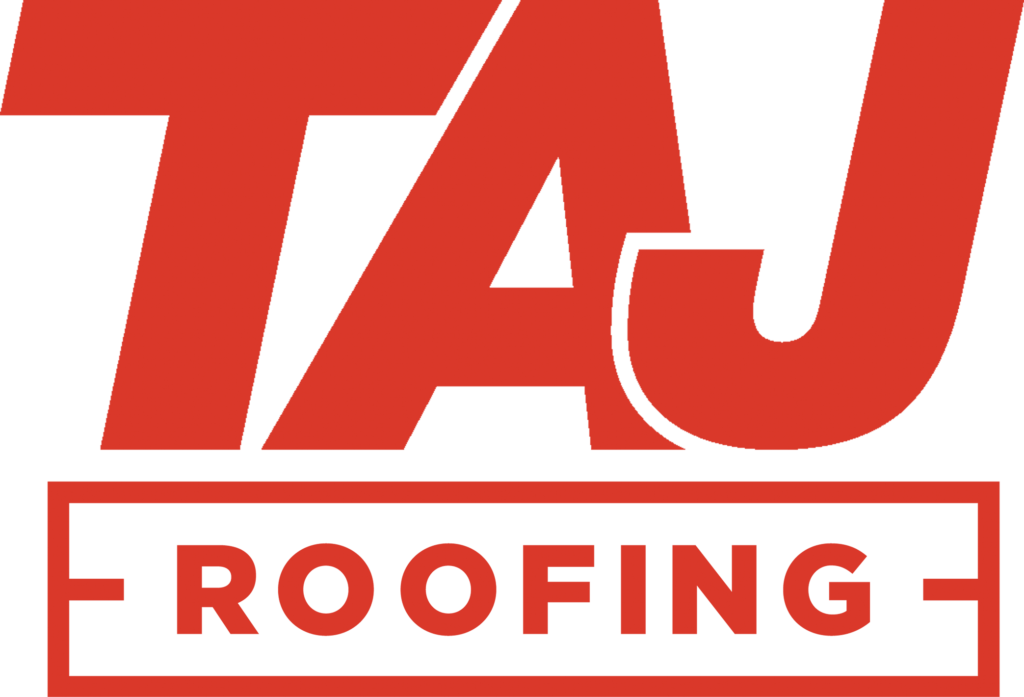Discover the essentials of a roof plan with our complete guide. Learn how to create and understand roof plans, their key components, and why they are crucial for successful construction and renovation projects.
A roof plan is an essential element in the design and construction of any building. It provides a detailed layout of the roof, showcasing its structure, design, and functionality. Understanding and creating an accurate roof plan can be pivotal for ensuring the durability, aesthetic appeal, and performance of a roof. This blog offers a comprehensive guide to roof plans, covering their components, significance, and creation process.
What Is a Roof Plan?
A roof plan is a detailed drawing that outlines the design and construction details of a building’s roof. It includes various elements such as the roof’s shape, slope, materials, and structural components. Roof plans are typically created by architects or engineers and serve as a critical reference throughout the construction or renovation process.
Key Components of a Roof Plan
1. Roof Design Plan
The roof shape and style are fundamental components of a roof plan. Common roof shapes include gable, hip, flat, and shed. The plan will detail the type of roof being used, which has an effect on both the building’s appearance and its functionality. Each shape offers different advantages in terms of aesthetics, drainage, and structural support.
1. Slope and Pitch
The slope or pitch of the roof is indicated on the plan to ensure proper water drainage and prevent issues such as pooling or leaks. The pitch is usually expressed as a ratio or angle, showing the steepness of the roof. A well-defined slope is crucial for maintaining the roof’s performance and longevity.
2. Roof Materials
The choice of roofing materials is another essential element of the roof plan. Materials can range from asphalt shingles and metal panels to clay tiles and slate. The plan specifies the type and quality of materials used, which impacts the roof’s durability, insulation, and overall appearance.
3. Structural Components
Roof plans also include details on structural components such as trusses, rafters, and beams. These elements support the roof and ensure its stability. The plan indicates their placement and dimensions, providing a clear understanding of how the roof will be constructed.
4. Flashing and Ventilation
Proper flashing and ventilation are critical for the roof’s functionality. Flashing helps to prevent water infiltration around joints and penetrations, while ventilation ensures adequate airflow to reduce heat and moisture buildup. The roof plan shows the locations and types of flashing and ventilation systems used.
Why is a Roof Plan Important?
-
Ensures Accurate Construction
A detailed roof plan ensures that all aspects of the roof construction are accurately executed. It serves as a guide for builders, helping them to understand the design specifications and requirements. This accuracy minimises the risk of errors and ensures that the roof meets the intended design and performance standards.
-
Facilitates Permits and Approvals
Roof plans are often required for obtaining building permits and approvals. They provide regulatory authorities with a clear understanding of the proposed roof design and materials. This helps in ensuring that the construction complies with local building codes and standards.
-
Assists in Material Estimation
The roof plan helps in estimating the quantity and cost of materials needed for the project. By detailing the dimensions and specifications, it allows for accurate calculation of materials such as roofing tiles, insulation, and flashing. This can help in budgeting and avoiding material shortages.
-
Aids in Future Maintenance
Having a well-documented roof plan is beneficial for future maintenance and repairs. It provides a reference for understanding the roof’s structure and components, making it easier to identify issues and perform necessary repairs. This can extend the lifespan of the roof and improve its performance over time.
How to Create a Roof Plan
Rely on a professional to design a roof plan that combines safety, efficiency, and aesthetics. Their expertise ensures a roof built to last.
- Necessary Information
All relevant details about the building, including its dimensions, layout, and intended roof design is important. This information is crucial for creating an accurate and detailed roof plan. Drawing a roof plan in this regard clearly helps in navigating the layout seamlessly. - Roof Style
Roof style that best suits the building’s design and functional requirements is personal. Factors such as aesthetics, climate, and structural support are important when choosing the roof type. - Roof Plan
Using architectural software or drafting tools, the roof plan is created by outlining the roof shape, slope, and key components. It is to be kept in mind that all details are accurately represented and that the plan is to scale. A specific design and drawing plan is used in this step. - Review
The draft roof plan is reviewed for accuracy and completeness.If any necessary revisions are made, professionals such as architects or engineers are consulted to verify that the plan meets all design and construction standards. - Finalise and Implement
Once the roof plan is finalised, it is used for construction or renovation. All parties involved in the project have access to the plan and understand its details.
Conclusion
A well-crafted roof plan is a critical component of successful construction and renovation projects. It provides detailed information about the roof’s design, materials, and structural elements, ensuring accuracy and functionality. Understanding and creating a comprehensive roof plan with the help of a professional contributes to the durability, performance, and aesthetic appeal of a building’s roof.
Taj Roofing
Choosing the right roofing company is crucial for ensuring the durability and aesthetic appeal of your home. At Taj Roofing, we offer complete roofing solutions tailored to meet your unique needs. With our expert guidance, top-quality products, and exceptional service, we guarantee a roof that not only protects but also enhances your property. Trust us to handle every aspect of your roofing project with precision and care.


